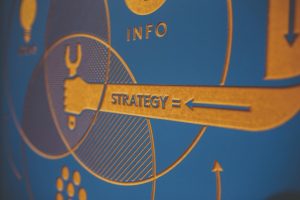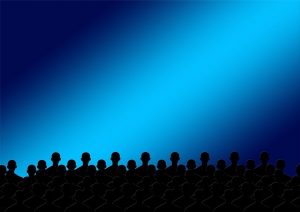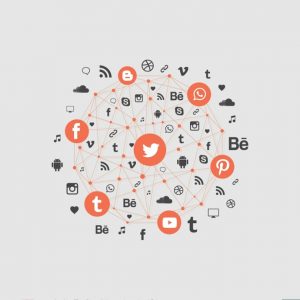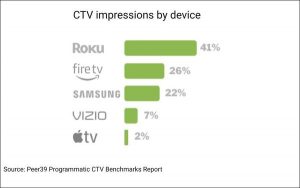Rapper Kendrick Lamar sits between comedian ExavierTV and billionaire investor Ray Dalio. The strange trio is discussing a problem: Exavier lost money in a dice game to a friend, torpedoing his plans to grow his barbershop—a fact we (most of us) know only by way of Lamar’s effortlessly translating Exavier’s slang-heavy rant. Dalio offers a jargon-filled assessment of Exavier’s situation that Lamar distills into something decipherable: Avoid risky dice games and invest in yourself.
The clever scene, made by Lamar’s creative collective, pgLang, was a recent ad from financial service platform Cash App. It’s just one of many savvy campaigns that’s made Cash App, which is owned by Block, an unlikely buzzy brand given that its main function is utilitarian: You send money. You get money. End of transaction.
Cash App has broken through thanks to a series of partnerships with blockbuster talent such as Lamar, Megan Thee Stallion, and Serena Williams. The company selected these individuals to help position the app as a resource for understanding money and making it “universally accessible,” according to Catherine Ferdon, head of brand at Cash App. And they’ve made the app a lot cooler. That most of these campaigns feature prominent Black artists and athletes is no coincidence. Cash App has been leaning into its organic brand awareness among Black users as it broadens its offerings to include bank accounts, debit cards, and stock and Bitcoin trading services. The endgame, says Ferdon, is to weave the platform into users’ lives in unexpected ways.
Cash App’s cultural cachet took root where much of culture emerges: in the Black community. Launched in 2013, the app began gaining traction among Black users, particularly across the South. Its no-fee transactions and features for managing and tracking transactions are a draw for people who have been shut out of traditional financial services. Today, according to Pew Research, 59% of Black Americans say they’ve used Cash App, compared to 51% for PayPal and 45% for Zelle. (Meanwhile, 17% of white Americans say they’ve used Cash App.) Cash App’s average users also tend to skew younger and have lower income. At a 2018 blockchain conference, Block CEO Jack Dorsey noted that Cash App was unintentionally serving as bank accounts to largely unbanked communities, “which wasn’t a stated goal,” he said, “but it’s something we love and want to lean into more.”
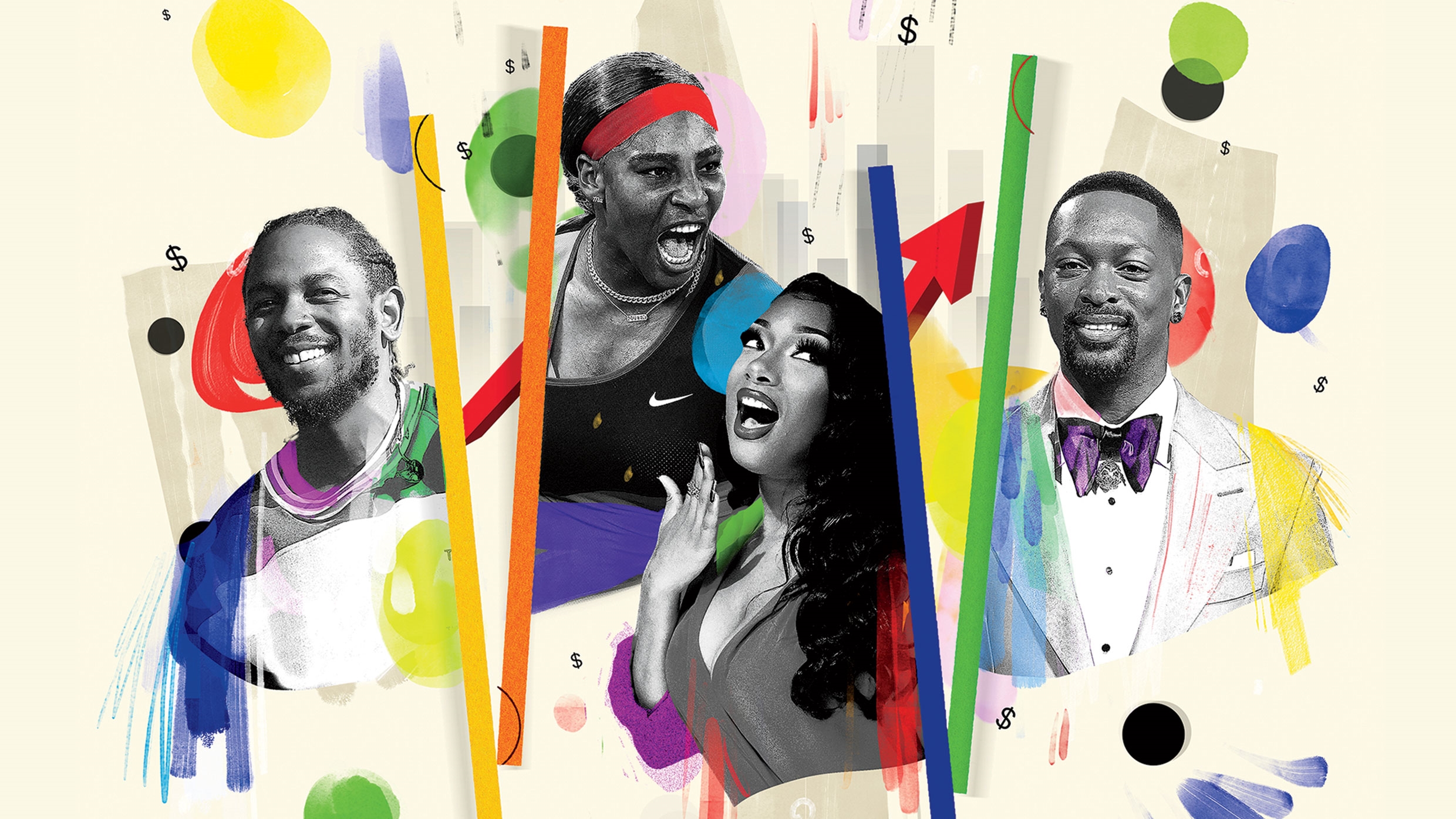
One of the first signs that users were coalescing around the app was the Cash App Friday phenomenon, which took off in 2017. Users hop on social media on payday and pay it forward to other Cash App users who respond with requests for relatively nominal things: haircuts, a drink, a manicure. “We thought, This is incredible,” Ferdon says. “Our customers are incorporating our brand into their lives.” Cash App joined in and started giving out cash to random users, anywhere between $100 and $500.
Money Moves: Cash App Has Put Fintech in a Cool New Light. Here’s a Look at 4 Campaigns.
At the same time, hip-hop and R&B artists, such as Roddy Rich, Jazmine Sullivan, and Meek Mill, were name-checking the app in their lyrics. Today, Cash App appears in some 200 songs. Seeing Cash App resonate with artists, the company created Cash App Studios in 2021, which has given nearly a dozen up-and-coming musicians, filmmakers, and writers capital to fund their passions.
Cash App also has an ongoing “That’s Money” campaign to promote financial literacy. In addition to the spot with Lamar and Dalio, it created one with Megan Thee Stallion in June 2021, which saw the Houston rapper breaking down the fundamentals of investing, from buying stocks to diversifying your portfolio. The campaign included a million-dollar stock giveaway for people who responded on social media with #CashAppForHotties. Cash App is also known for its Bitcoin giveaways with the likes of musician Becky G and NFL star Odell Beckham Jr. “We know that the Cash App customer is attuned to culture, but they’re also financially curious,” Ferdon says. “We wanted to align with folks who have started from scratch to build their own success.”
The app’s most recent partner is New York City–based fashion designer LaQuan Smith, who is known for bootstrapping his nine-year-old label. In October, he unveiled a collection for Cash App’s line of clothes, Cash by Cash App, which launched in 2020 with streetwear, but has since evolved into a ready-to-wear collection. By handing the reins to Smith, the company is taking the line well beyond the realm of branded merch. All proceeds from the line go to charitable causes.
Cash App is seeing returns on these branding efforts. Its gross profits hit $705 million in the second quarter of 2022, up 29% year over year. And 47 million accounts made transactions through Cash App. Block’s gross profit of $4.4 billion in 2021 still trailed PayPal’s nearly $12 billion. But to branding expert and author Ana Andjelic, Cash App’s cultural reach remains unmatched. “It’s a financial service that is deeply embedded in how people behave in their lives,” she says.
Perhaps too embedded, at times. A group of computer science and design researchers at the University of Washington recently studied how Black users engage with the app. While most of the customers they spoke with had a deep affinity for it, the researchers dinged Cash App for falling short on a few fronts. They noted frustrating customer service interactions, its opacity around some fees, and “social media gamification strategies that compel unwanted financial risk.” The playful aspect of the app “takes away some of this seriousness around what you’re doing as a whole,” says Jay Cunningham, the study’s lead author.
Making its service approachable while staying on the right side of responsibility is a line that Cash App will have to tread even more carefully in this fraught economy. As Lamar cautions ExavierTV, “You can still have a big upside, even if you don’t throw all your chips in the bag.”
(14)


